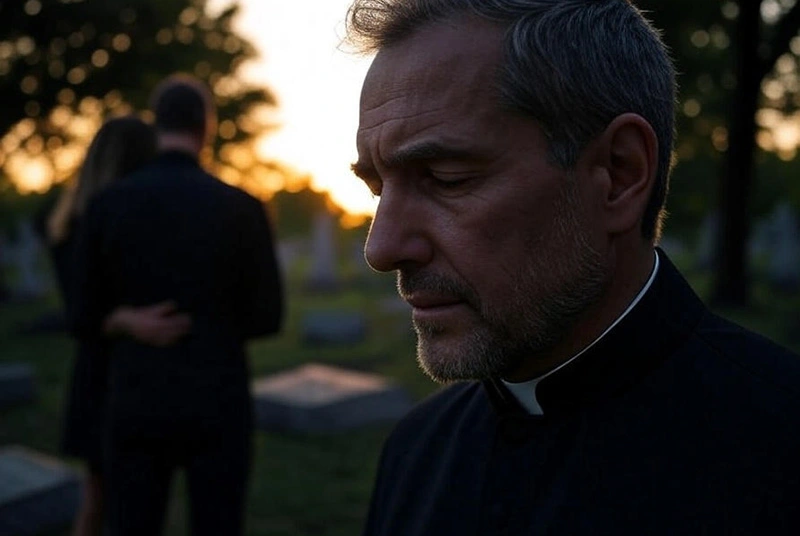What Is an Example of an Irish Epitaph?
Epitaphs are short texts carved on gravestones. They honor a life, give comfort, or share a message. In Irish tradition, many epitaphs mix faith, humor, and poetry. Some even use the Irish lang.
Meaning of an Epitaph
An epitaph is not just words. It is a way to remembr a person’s values. In old Irish churchyards, stones from the 18th and 19th centurys show lines of prayer or poetry. These words link the living with the dead.
Example From Ireland
One well-known example comes from a grave in County Kerry. The stone reads:
“Death leaves a heartache no one can heal, love leaves a memory no one can steal.”
This line has apeard on many Irish graves. It shows sorrow and love in the same space. A family from Tralee shared that these words gave them peace after losing their mother. They said the epitaph felt like a bridge betwen grief and hope.
Irish Style of Epitaphs
Irish epitaphs often use:
-
Prayer lines such as “Rest in Peace” or “In God’s Care.”
-
Gaelic words, like “Ar dheis Dé go raibh a anam” (May his soul be at the right hand of God).
-
Local poetry that reflects land and family.
Facts and History
-
The practice of carving epitaphs in Ireland dates back to the early 1700s.
-
Many Irish epitaphs come from folk sayings.
-
The Irish Catholic Church influensed the content, with prayers being common.

Why It Matters
An epitaph in Ireland is more than a phrase. It is a record of faith, culture, and family ties. Each word is part of a legacy.
Final Thought
An Irish epitaph can be sad, poetic, or even humorous. The example from Kerry shows how one line can carry both pain and love. It is a voice from the past that still speaks to the present.

